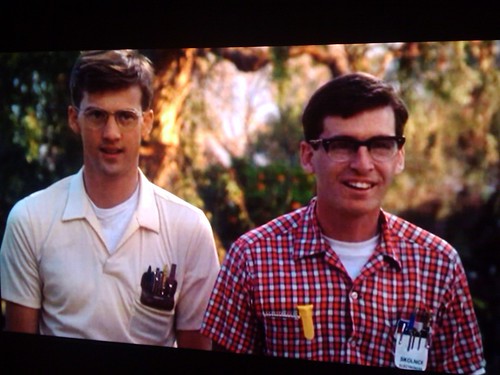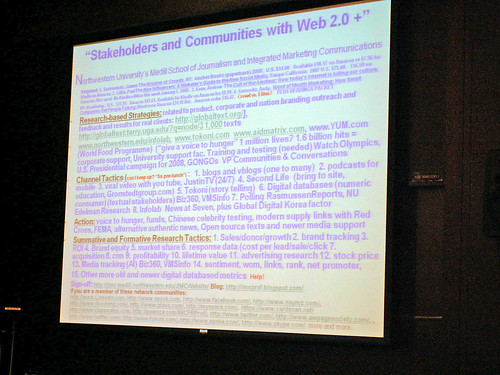With three years under my belt in the corporate world, I’ve been spending a ton of time listening to, and creating my own, PowerPoint presentations.
Seriously. Cog-folk love us some PowerPoint.
And as a social media professional, I also spend most of my life on Facebook, either managing my company’s page or trolling reading the latest from my friends and subscription lists.
Given my intense exposure to both of these modern marvels of communication, I’ve developed a nose for the good and the bad, and can sniff out both pretty quickly.
Over the past couple weeks, I’ve been preparing a few PowerPoint presentations of my own for upcoming meetings and conferences on social media. When I started my outlines, it dawned on me:
Many of the values for good PowerPoint presentations are the same for successful company Facebook pages.
Yes, I’m telling you we can strengthen our social media skills and improve our PowerPoint presentations…at the same time. Social media cogs rejoice! Huzzah!
Let’s take a look at the key elements that make up a good PowerPoint presentation. In the process, you’ll see these same values apply to your company’s social media strategy.
1. Give the audience something they can use right now. Every presentation should be a form of education, so think about why they’re listening to you in the first place and craft your content with their needs top of mind. Remember that it’s not about you. Too often we let our own agendas grab hold of the steering wheel. For example, if you’re a physical trainer presenting to a group of prospective clients, don’t spend all your time telling everyone why your clinic is the best or how low your body-fat percentage is. Instead, show them you’re an expert by giving them a few helpful tips and thought-provoking ideas they can use to improve the way they workout (or cook, or eat) that week. When they see the results, they’ll probably follow up with you for more advice.
2. Show your personality, but don’t fake it. If you’re funny, get folks to laugh. If you’re nerdy, be SUPER nerdy (odds are, you’re speaking to a group of nerd-brethren who’ll appreciate it). If you go out there with a scripted speech, stock photos and vanilla content that leans on a bunch of exclamation points to liven things up, your audience will glaze over and pull out their smartphones to check their email play Draw Something.
3. Keep it tight. Pick out the vital lessons your audience needs to learn. Get rid of everything else. Avoid the urge to tell them every detail or explain every angle. As interesting as it is to you, they only have time for the highlights. Make your main points crystal clear so there’s no question what people need to do, what they’re learning and why it’s so important. When you ramble, get too clever or stray from the essentials, you’ll lose and confuse your audience. And what happens with a confused, scatter-brained crowd with 25 minutes to kill before the next speaker? They go back to Draw Something (or Facebook).
4. Use interesting images. The best way to get me to tune you out – and unfairly judge you – is to load your slide deck full of text, bullet points and charts nobody can read. Have fun with your photos and pick unique pictures that accentuate your story and elicit a reaction. In my presentations, I sample from the Flickr Creative Commons and incorporate screenshots for examples.
5. Get the crowd involved. Duh…right? But I’ve seen too many speakers start off a presentation with promises of interaction and requests for audience members to participate, only to spend the next 45 minutes lecturing, reading through slides from behind a laptop on the podium and pausing for a 10-minute Q&A at the end. Ask the audience questions. Find out what they already know about the topic. Maybe they can provide some additional insight or a unique perspective.
Now you know five ways to make sure your PowerPoint presentations – and Facebook posts – are not snoozefests.
What other tips did I forget? How do you keep your listeners awake, engaged and coming back for more?
Photo sources: MacQ, barbaranixon, Ori


